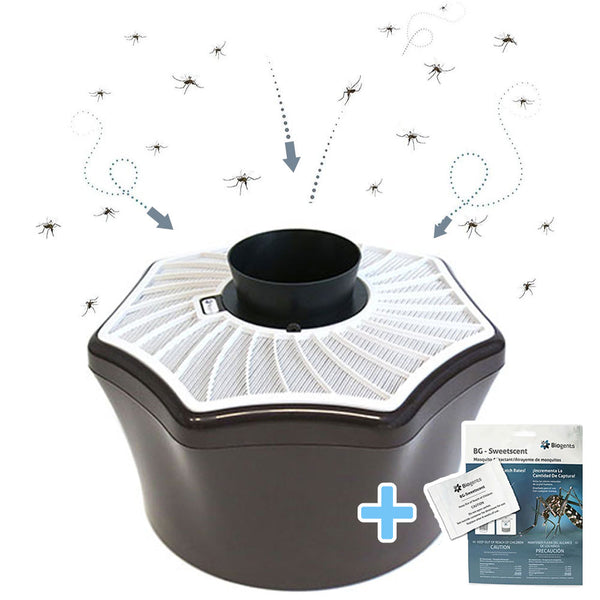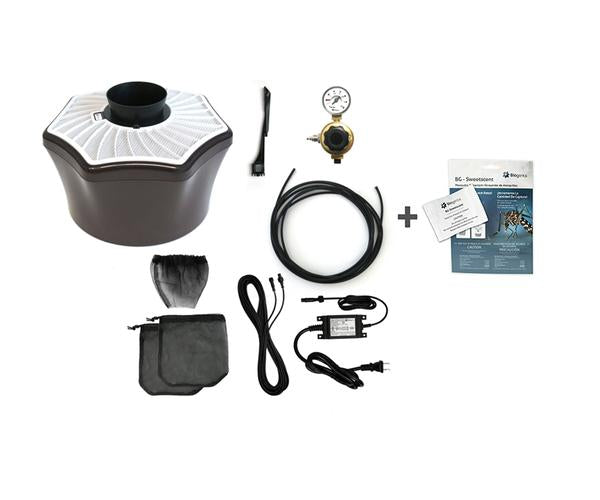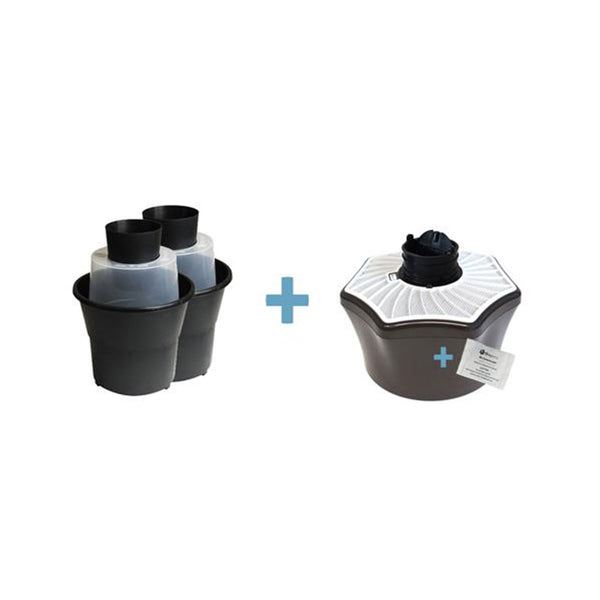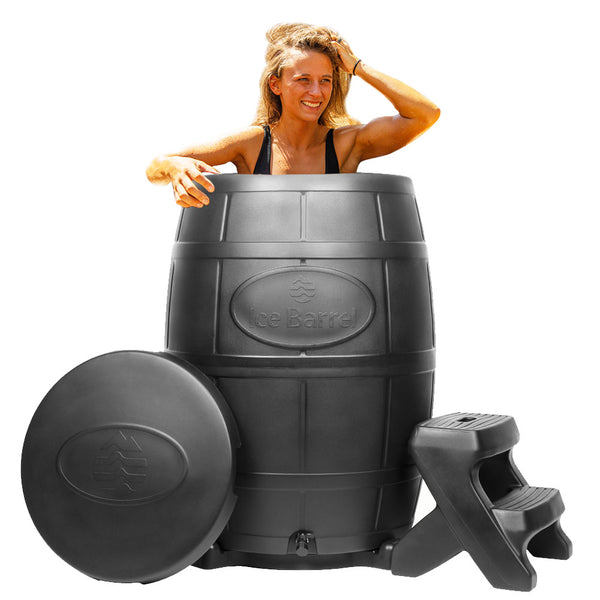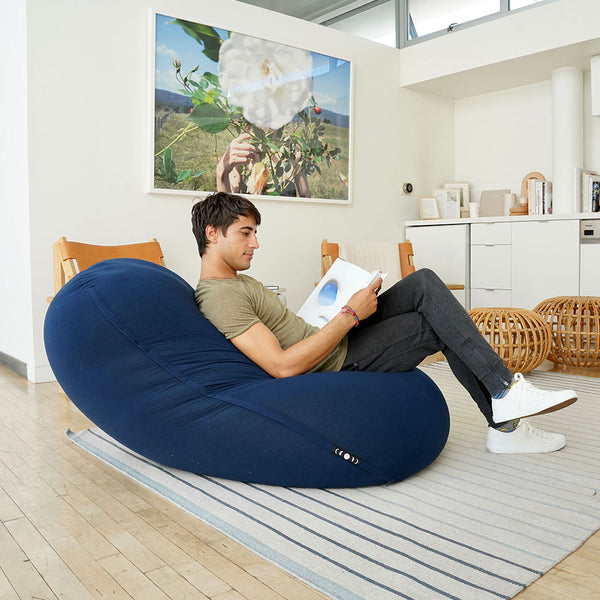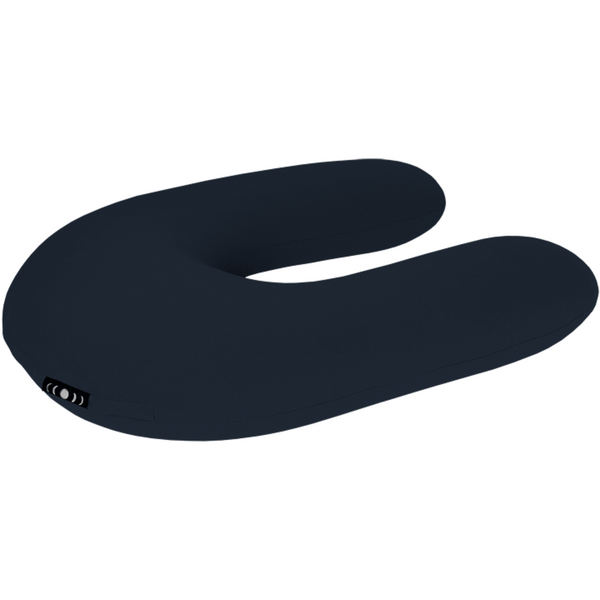You can take a variety of actions to speed up your post-workout recuperation. Optimizing nutrition, taking supplements, stretching, foam rolling, getting enough sleep, and cold water immersion treatment are a few of them. This post will go through how to put these methods into practice to ensure the best possible recovery after a challenging workout.
The Best Diet for Athletes
It's important for athletes to pay attention to their nutrition, but not in the way you may imagine. In order to maximize muscle growth, it has long been recommended that a protein-rich meal be had within 45 minutes of an exercise during the "anabolic window" that follows a workout. Recent studies have revealed this style of thinking to be erroneous. Instead of worrying about what you eat right after a workout, it is much more crucial to focus on your overall nutrition.
The best time to consume enough protein has not been determined by study. However, studies have shown the value of pre- and post-workout nutrition. According to this study, "a straightforward, comparatively fail-safe general recommendation that represents the current evidence demonstrating a maximal acute anabolic impact of 20-40 g is high-quality protein dosed at 0.4-0.5 g/kg of LBM at both pre- and post-exercise."
Utilizing Supplements
New supplements constantly appear on the market with various claims, ranging from muscular building to fat burning. When thinking about taking supplements, it's crucial to understand that they cannot take the place of a balanced diet and the nutrients you obtain from food.
Exercise causes free radical production and oxidative stress to rise in your cells. According to a study looking into the advantages of taking vitamin C, A glutathione, and other supplements, taking antioxidants to combat this stress may be helpful, but taking too many of them can harm your body's natural capacity to handle the stress brought on by exercise.
The earlier study mentioned above came to the following conclusion: "Whole foods, as opposed to capsules, contain antioxidants in natural ratios and proportions, which may function in synergy to optimize the antioxidant impact. The best way to maintain a healthy level of antioxidants is to consume enough vitamins and minerals through a varied and balanced diet. When athletes are subjected to high levels of oxidative stress or do not consume enough antioxidant-rich foods, antioxidant supplementation may be necessary.
In the end, the ideal strategy is to begin with exercise and a healthy diet alone, observe how it affects you, and then add vitamins or supplements and track how your body responds to them.
How to Stretch and the Best Times to Do It
As a regular element of your workout routine, stretching is essential. However, you can be mistaken about the time you believed stretching to be crucial. Following your workout, you should stretch. The idea that you should stretch before working out is a common fallacy. Not so. A warm-up is not stretching. Stretching before the muscles have had time to warm up adequately increases the chance of injury. A minimum of 10 minutes of heart-pumping aerobics is required for a complete warm-up.
There is conflicting evidence regarding how well stretching can reduce delayed onset muscle soreness (DOMS). Stretching is crucial, though, as it improves flexibility and may even enhance blood flow. Proprioceptive neuromuscular facilitation (PNF) stretching is the most efficient type of stretching. When performing PNF stretching, a muscle is alternately contracted and relaxed.
THE PNF METHOD CAN BE PARTICULARIZED INTO SIX AREAS:
- Assume the proper stance for the start.
- Stretch all the way to the finish line.
- Relax.
- Without moving the muscle, tighten it.
- Relax.
- Extend to the new finishing position.
Depending on the workout and your objectives, repeat the following four stages three to six times.
Another helpful technique is foam rolling
Foam rolling is an inexpensive, straightforward method in addition to the aforementioned modalities. According to studies, this method helps muscles heal and reduce delayed onset muscular pain (DOMS).
This article offers tips on foam rolling as well as directions on how to focus on particular muscles. According to the study, the optimal time to foam roll is right after after working out for 20 minutes, followed by consistently every 24 hours after that.
The Value of Rest and Sleep
Without sound sleep, recuperation is impossible. You must get enough sleep in order to heal from any illness. This covers post-workout recovery. Every day, the body needs time for the brain to shut down and for the healing processes to take control. Sleep is where the magic happens and where recuperation and healing flourish.
According to a research manual on sleep produced by the "Life of a Athlete Human Performance Project," an athlete needs one hour of sleep to recover for every two hours they are awake and stressed out. The CNS needs at least 8 hours of sleep to recuperate from the overload if an athlete is awake and under stress for 16 hours each day.
This study from 2021, which contrasts full and partial body cold water immersion with a "out of water control condition," concludes that this modality may be helpful in promoting restful sleep and reducing arousals. The National Sleep Foundation defines arousal as a shift in sleep stage that may cause you to awaken.
Therapy in Cold Water for Post-Workout Recover
An ice bath is a type of cryotherapy that has been used for many years to recover after a workout. When used within an hour of exercise, cold water immersion dramatically reduced DOMS, according to a 2015 meta-analysis of different types of cryotherapy.
Additional studies have been conducted focused on the advantages of whole-body cryotherapy for accelerating muscle repair. The use of cold water immersion treatment helps in muscle repair after injury and inflammation reduction. In the convenience of your own home, Ice Barrel offers several advantages of ice baths.
Studying contrast treatment Although there isn't much study on water therapy, which involves switching between cold and warm water, it appears that cold water immersion therapy is more effective for healing muscles after injury than contrast therapy. The advantages of contrast treatment are a subject of ongoing investigation.
The amazing technique of cold water immersion therapy should be preserved in the athlete's recovery toolkit.










